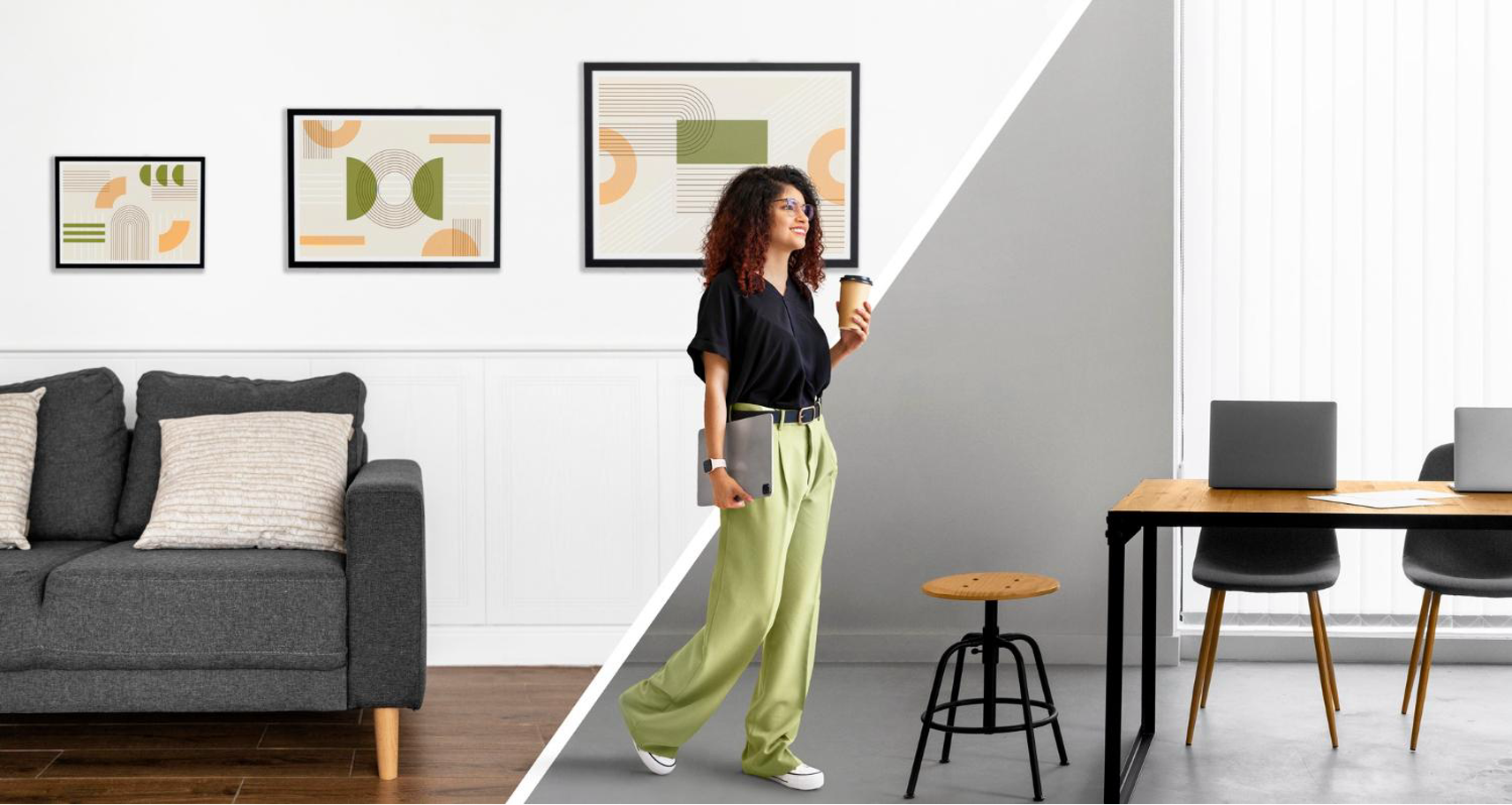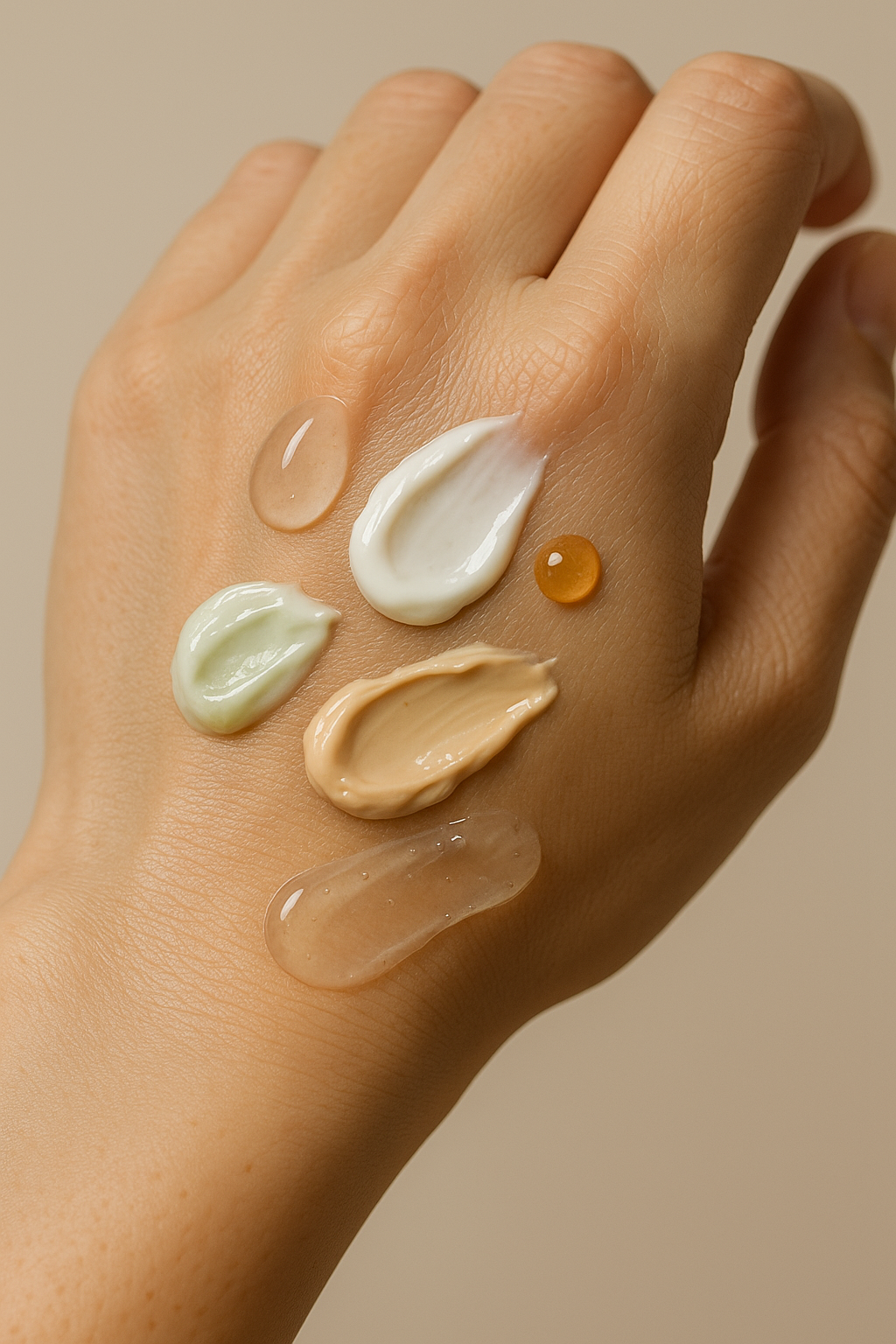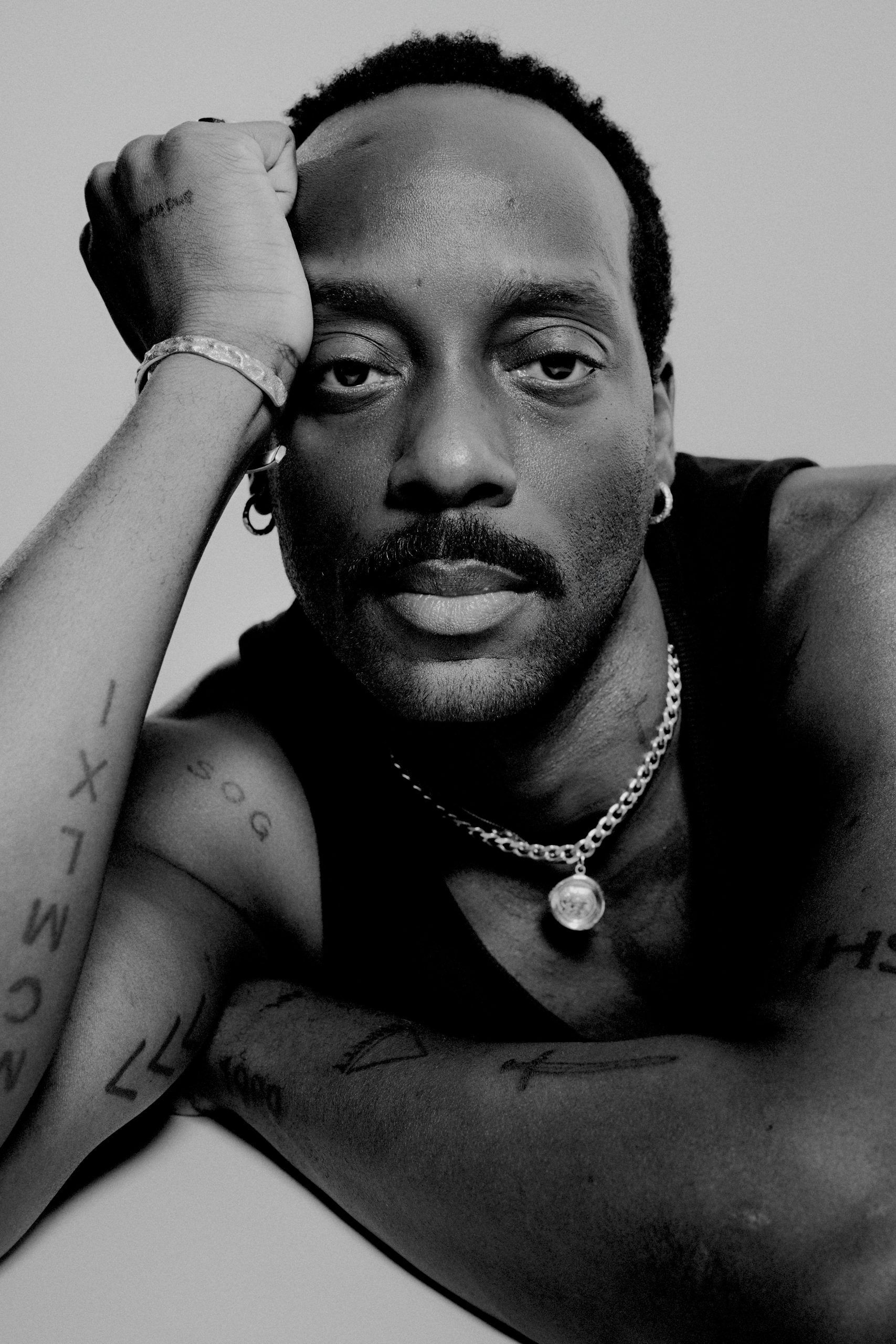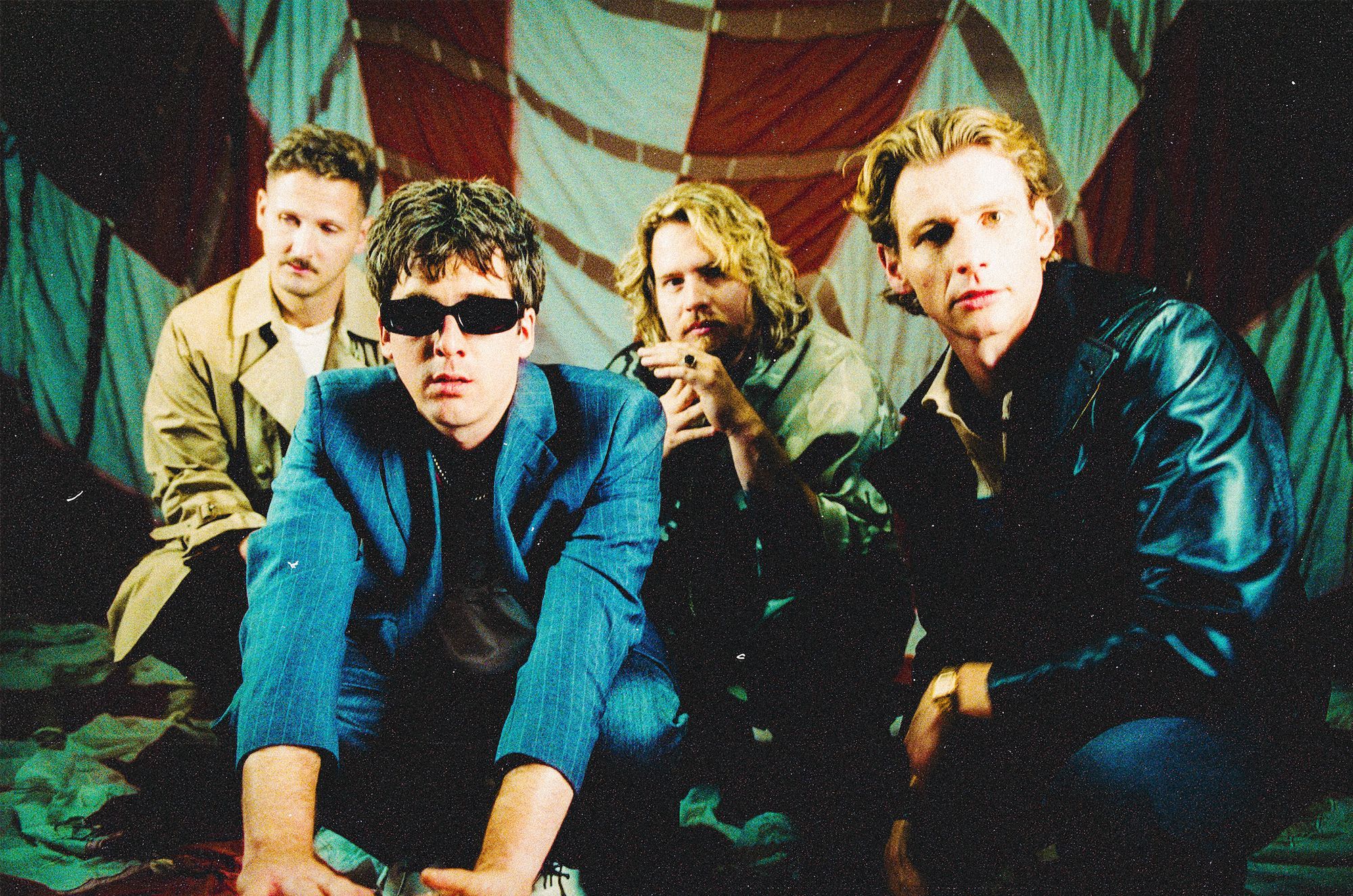
By 2025, our relationship with the spaces we inhabit has evolved. It’s no longer only about functionality—homes are storytelling hubs, where art and décor combine to evoke emotion, identity, and connection. This year, several compelling trends are redefining the aesthetic narrative. From rich organic materials and bold cultural motifs to immersive tech-art blends and sustainable accents, the 2025 scene speaks to harmony, personality, and innovation.
Cultural Richness Meets Contemporary Design
Cultural art has found its way from heritage halls into everyday homes. Global motifs—African wildlife patterns, Japanese minimalism, boho eclecticism—are being reinterpreted through modern media, offering a respectful nod to tradition while remaining fresh and inviting. This creative fusion breathes warmth and storytelling into interiors.
Naturalism 2.0: Bringing Earth Inside
Biophilia isn’t new—but “Naturalism 2.0” deepens the indoor-outdoor connection with richer textures and layered botanical art. Imagine oversized canvas prints of lush ferns, sunset-hued landscapes, or stylized trees that nod to the outdoors while anchoring your décor in organic tranquility.
In 2025, designers pair these pieces with tactile textiles—linen curtains, plush wool rugs, or living moss walls—to orchestrate a sensory, immersive experience. The goal is to create serenity, offering respite in a world that often races too fast.
Bold Abstracts and Geometric Statements
This year’s abstract art pulls no punches. Expect sweeping broad strokes, geometric precision, and bold color blocking that punch through otherwise neutral palettes. Some homeowners are even incorporating full-wall murals reminiscent of gallery installations.
Abstract pieces often use strategic pops of color—mustard yellows, terracotta reds, deep marine blues—creating vivacious focal points. When paired with accompanying décor like sculptural furniture or metallic accents, they help rooms exude confidence without chaos.
Minimalist Lines Softened with Warmth
Minimalism continues to reign, but 2025’s version introduces softness and serenity. Clean lines remain, but the coldness of stark minimal is replaced by warmth. Think black-and-white prints with a delicate brushed gold frame, or framed botanical sketches suspended above natural-wood sideboards. The fusion of chill minimalism with inviting textures—cashmere throws, boucle chairs, tanned leather—strikes a perfect balance.
The Return of Maximalism—Strategic and Chic
In an intriguing counter-current to minimalism, maximalist elements re-emerge—but done with intentional restraint. Bold floral wallpapers, layered rugs, and oversized gallery walls full of textured prints stack together, but within an organized, visually cohesive assembly. Think curated clutter: every piece plays off the next, generating a rich tapestry of color, shape, and sentiment.
This approach thrives in dedicated “creative corners”—reading nooks, art studios, or acoustic music spaces—where the visual energy fuels creative momentum.
Tech-Enhanced Art and Smart Interfaces
Digital innovation has seeped into the realm of décor. Smart frames rotate through collections of artwork via USB or Wi-Fi, allowing homeowners to change their environment at the tap of a screen. Some lighted frames shift tone with ambient lighting, creating mood-matched visuals that adjust from morning calm to evening glow.
It’s a playful, dynamic approach, ideal for those who love visual variety—and a nod to 2025’s tech-integrated lifestyle.
3D and Mixed-Media for Depth and Dimension
Breaking through the flat canvas, 3D art—whether through layered cutouts, sculpted reliefs, or mixed materials—adds an interactive quality to décor. A wall-mounted installation with wood, metal, and fabric overlays invites both touch and sight, providing sensory depth. As living spaces become more performance stages than static scenes, these dimensional pieces are gaining momentum.
Earth-Friendly Materials and Ethical Art
Sustainability refuses to be a trend—it’s a value. Ethical sourcing, recycled frames, compostable canvases, and low-VOC paints have become baseline expectations for quality art. Many artists now label their product lines with carbon footprint stats or materials disclosure. Eco-conscious consumers are demanding transparency and mindful production.
Color Stories that Evolve with Ownership
Color schemes in 2025 are fluid and personal. Art may set a mood: rust for vintage warmth, moss green for calm, or an explosive pop of coral for energy. Décor then picks up on subtleties—cushions, vases, or side tables mirror tones from the artwork, forming a seamless dialogue.
As homes become more curated over time, each new layer—be it a framed print, a textile pillow, or a sculpted vase—brings the palette forward, evolving with the residents.
Regional Art Boosts Locale Identity
Localism is a powerful trend. As global travel constraints ease, many are rediscovering their regional roots through art. From Parisian street-scene sketches to Loire Valley vineyards, or Breton folk patterns to urban rooftops, regionally inspired works lend unique character while fostering a sense of place. Pairing international modernists with local artisans offers a personal storyline that no mass-produced print can match.
In Summary: Curating Your 2025 Home Narrative
In 2025, art and home décor are no longer separate disciplines—they entwine to narrate your personal story. Whether it’s through cultural art, natural textures, dynamic digital pieces, or eco-conscious creations, the goal is to transform walls and surfaces into a living dialogue that evolves with you.
For a curated selection of artwork that reflects these trends and helps you create your own story, visitmusaartgallery.com.



